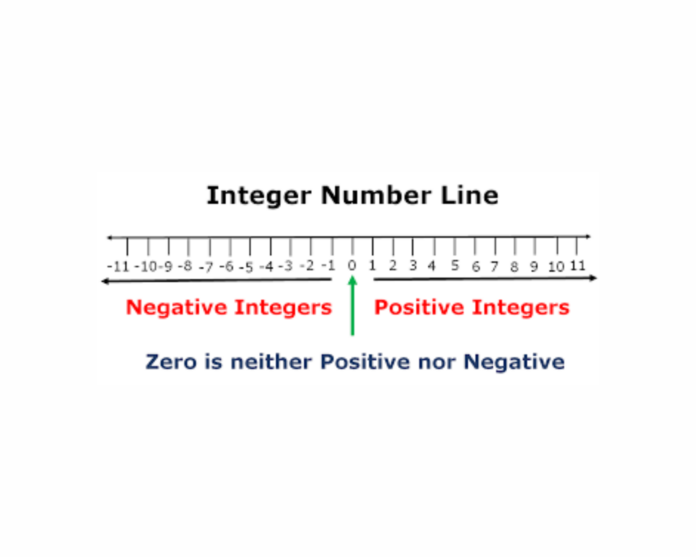A number line serves as a visual depiction of numbers arranged along a straight line. It acts as a tool for comparing and organizing numbers. This representation can encompass all real numbers, including every whole number and natural number.
Definition
- A number line serves as a graphical representation of numerical values.
- The values on a number line progress from left to right.
- Zero (0) is positioned at the centre of the number line.
- Values located to the right of zero are classified as positive numbers.
- Values situated to the left of zero are categorized as negative numbers.
Examples
- To illustrate that 7 is less than 8, one can position 7 to the left of 8 on the number line.
- To compute 3 + 4, one can begin at 3 and move 4 units to the right along the number line.
- To perform the operation 3 – 4, one can start at 3 and move 4 units to the left on the number line.
Uses
- Number lines assist children in learning to count, comparing numerical values, and enhancing their understanding of numbers.
- They are utilized in teaching the addition and subtraction of integers.
- Number lines can also represent fractions, decimal fractions, square roots, and transcendental numbers.
Drawing a number line
- Create a horizontal line.
- Indicate the center with a small dash.
- Add evenly spaced ticks to the right of zero.
- Include arrows at both ends to signify that the line extends indefinitely.





